View insights.
An analysis of the 200 largest fossil fuel companies suggests that just 10 shareholders could influence the fate of nearly half of the world’s remaining fossil fuels.
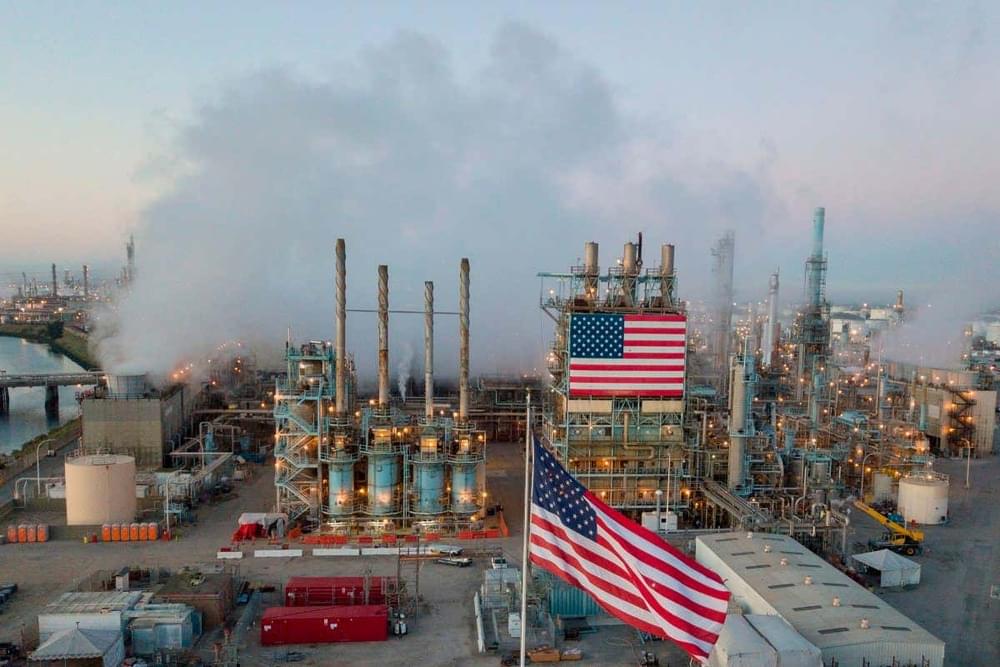
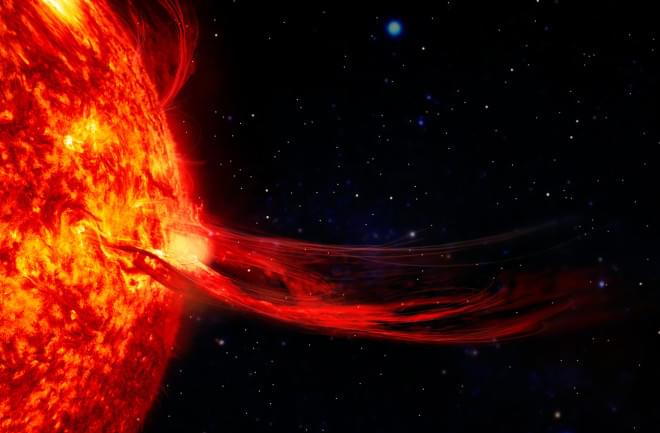
The biggest geomagnetic storm in recorded history happened more than 150 years ago. Now, we’re entering yet another period of solar maximum.
It was just another September night in 1,859 when Richard Carrington and Richard Hodgson witnessed a remarkable event. The British astronomers weren’t together, but both happened to be peering at the Sun through telescopes at the precise moment that a massive ejection spewed from the fiery star. Within a few days, others on Earth noticed colorful aurora streaking across the skies and telegraph lines — the advanced technology of the day in Europe and North America — erupting in sparks.
The solar flare came to be known as the Carrington Event, named after one of the two astronomers who first described it. Despite occurring more than 150 years ago, it still stands as the strongest known geomagnetic storm (though we lack measurements to say precisely how big it was).
Earth has felt the effects of a few significant geomagnetic storms since then, all of which caused power blackouts and satellite damage. As a result, power companies and satellite manufacturers have built resistance into our technology. But what would happen if another Carrington Event-level solar flare occurred today? Would we be ready for it?

FINHAUT, Switzerland — Switzerland is adding a much needed cog in the wheel to its energy supply with an underground hydropower plant that says it has capacity to store enough electricity to charge 400,000 car batteries simultaneously.
Developers of the 2.2 billion Swiss franc ($2.30 billion) Nant de Drance plant in the canton of Valais, which came online in July, say the facility operates like a giant battery.
Its six turbines tucked in a cavern 600 metres below ground between the Emosson and Vieux Emosson reservoirs have capacity of 900 MW, making it one of the most powerful pumped storage plants in Europe.
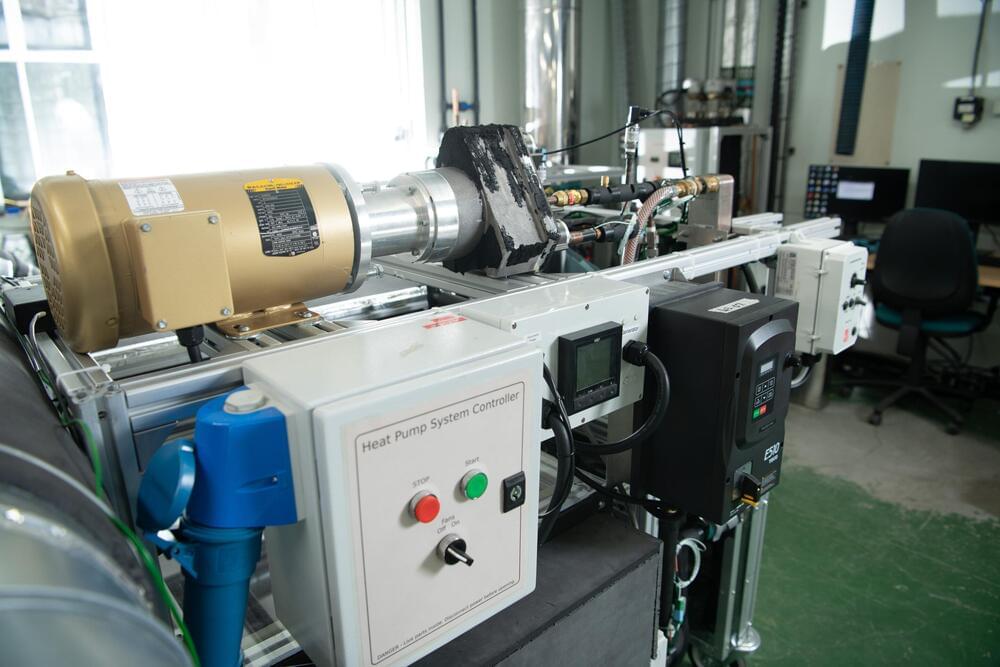
Researchers from the University of Glasgow have developed a new type of heat pump, a flexible heat pump technology, which could help households save on their energy bills and contribute towards net-zero emissions goals.
Heat pumps are a low-carbon alternative to gas boilers. They draw energy from external low temperature sources, most commonly outdoor air, in order to heat indoor spaces. When powered by renewable sources of power, they are significantly more environmentally friendly than conventional gas boilers.
Around the world, about 40% of carbon emissions come from heating powered by fossil fuels. The U.K. Government has set a target for 600,000 heat pump installations per year by 2028 in order to reduce the country’s carbon footprint.
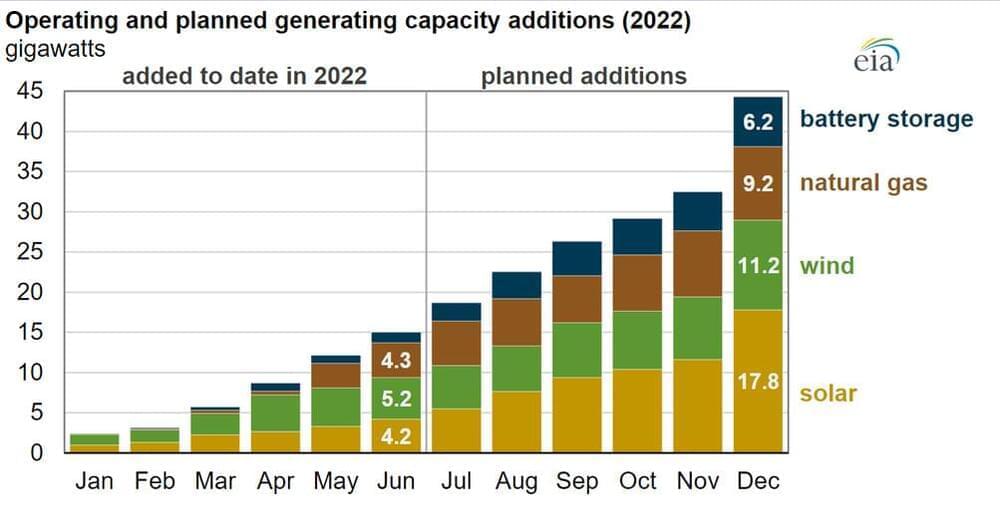
The US power grid is growing! According to our latest inventory of electric generators, 15 gigawatts (GW) of new utility-scale electric generating capacity came online in the United States during the first half of 2022. Based on the most recently reported plans, developers could add another 29 GW of capacity in the second half of the year.
Our Preliminary Monthly Electric Generator Inventory compiles information on all U.S. utility-scale power plants (plants with a nameplate capacity of at least 1 megawatt [MW]) that are currently operating, planning to come online, or retired. The inventory includes all utility-scale plants that have retired since 2002.
We update this inventory once a month with preliminary data and then finalize that data annually with a survey that provides additional information about the power plants. Our Preliminary Monthly Electric Generator Inventory includes information through the preceding month; for example, the inventory published in July includes information through June.


Do more pores in a sieve allow more liquid to flow through it? As material scientists have uncovered, this seemingly simple question may have an unexpected answer at the nanoscale—and it could have important implications in the development of water filtration, energy storage and hydrogen production.
Researchers from UNSW Sydney, University of Duisburg-Essen (Germany), GANIL (France) and Toyota Technological Institute (Japan) experimenting with Graphene Oxide (GO) membranes have discovered the opposite can occur at the nanoscopic level. The research, published in Nano Letters, shows the chemical environment of the sieve and the surface tension of the liquid play a surprisingly important role in permeability.
The researchers observed that a density of pores doesn’t necessarily lead to higher water permeability—in other words, having more tiny holes doesn’t always allow water to flow through at the nanoscale. The study, supported by the European Union and Humboldt Research Foundation funding, shines new light on the mechanisms that govern water flow through GO membranes.
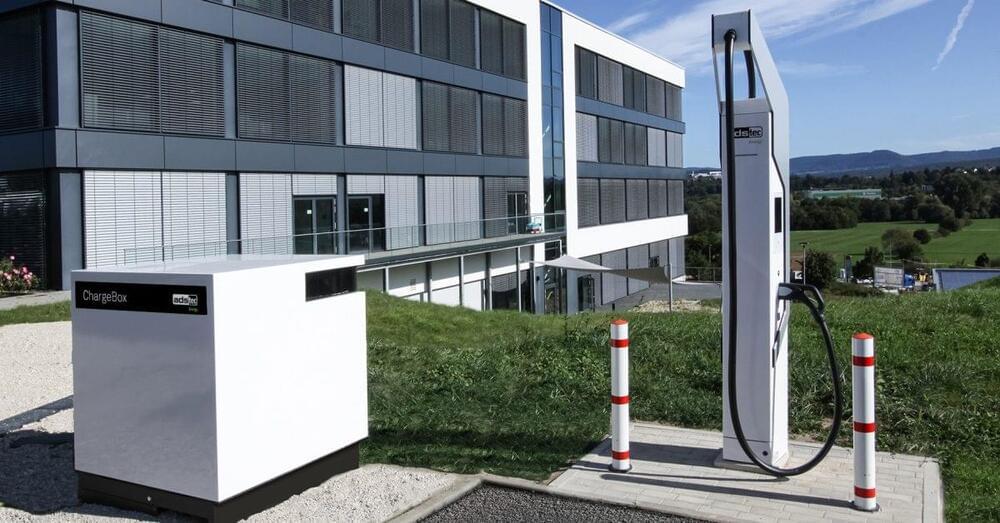
Are gas stations doomed in the long run, or is there an opportunity to reinvent them as a fast-charging destination stop for EV drivers?
Germany-based global ultrafast EV charging technology company ADS-TEC Energy sees the rise of EVs as a new opportunity for gas stations. Electrek spoke with John Tuccillo, global head of corporate and government affairs for ADS-TEC Energy, about what the reinvention of gas stations into superfast EV charging stations would look like and what it would take to make that happen.
Electrek: As we move to vehicle electrification, what do you think will happen to gas stations, and what are the challenges that gas stations face?
Companies specializing in cutting-edge construction techniques are aiming to make a difference by churning out high-quality homes at a lower cost than traditional industry standards. Among these are 3D printed homes, “foldable” homes, and homes that ship in kits then are assembled like Ikea furniture.
Now a new player is joining the list, and it just got a serious financial boost. Vantem Global has already helped construct a total of over three million square feet of living space in six different countries, and earlier this month closed a Series A funding round co-led by Breakthrough Energy Ventures (Breakthrough was founded by Bill Gates in 2015 to invest in sustainable energy and emissions-reduction technologies).
Vantem’s energy-efficient prefabricated homes are made of structural panels. The panels were designed as a replacement for brick and cement, which are expensive, difficult to make, and heavy on emissions. Each panel consists of an insulating layer sandwiched by tiles made of a cement-like material. Since the panels are more similar to cement than wood or plastic are, they’re more likely to be positively perceived by customers who are used to cement (as many in Latin America are, where Vantem has thus far focused most of its construction).
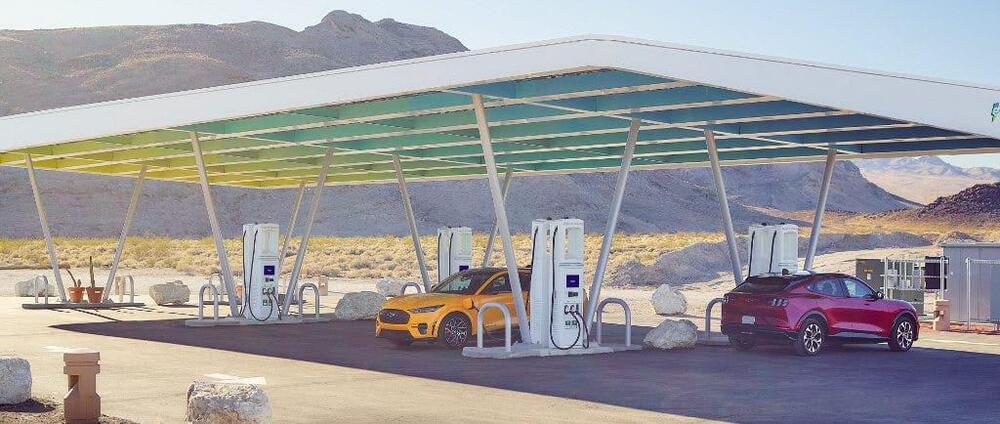
State plans for the National EV Charging Infrastructure (NEVI) Formula Program were due to the Joint Office of Energy and Transportation this week, and many states released a draft plan for feedback in the last couple of months. The NEVI Program is one of two programs in the Bipartisan Infrastructure Law that provide funding for publicly-accessible electric vehicle (EV) charging infrastructure. Program funds can be used to plan for, install, operate, and maintain EV charging stations along travel corridors, with a focus on designated Alternative Fuel Corridors. Funding under the NEVI program totals $5 billion from 2022 through 2026. Funds will be allocated to states each year for implementation based on a pre-established formula, provided the departments of transportation in those states submit a satisfactory EV charging plan to the Joint Office, with updates to the plan required annually.
So what’s in the draft plans?
I pulled a few draft plans to look at as a starting point, aiming for a cross section of states in different regions, with different politics, with different economic stakes in the EV transition, at different places in EV adoption, with different weather. I couldn’t get quite the representative cross section I wanted because there are still big gaps in which states have released a draft plan. I decided to start with Alabama, California, Texas, and Wyoming.